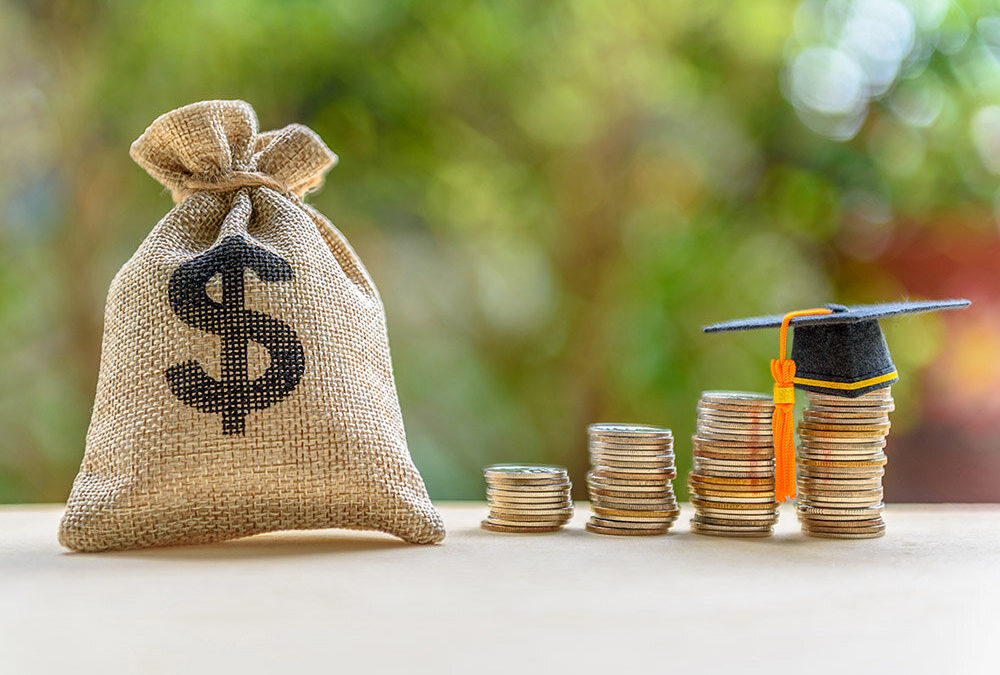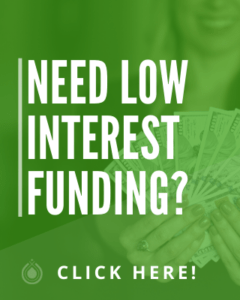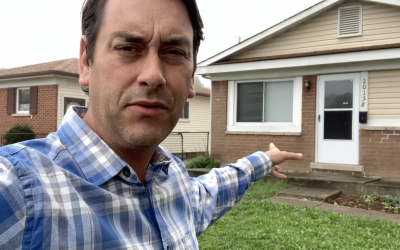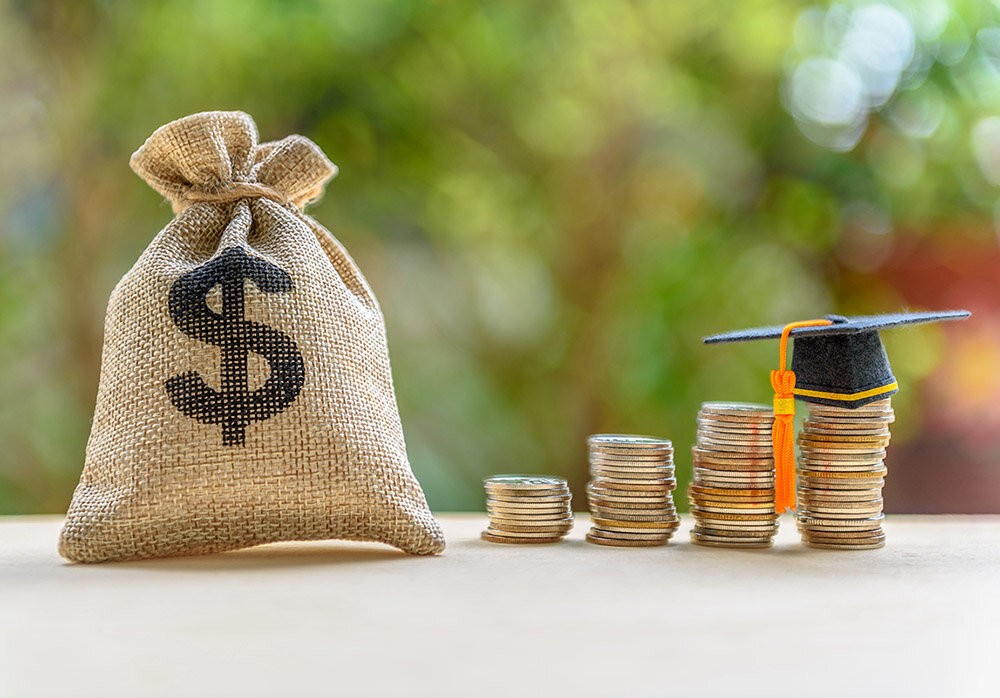
Student loan default rates have been a topic of discussion for some time now, with individuals, along with government officials, striving to find a solution to this national crisis. For anyone to find a real solution to this 1.75 trillion dollar student loan dilemma, it would be wise to not just look at the issue as a whole, but to break it down a bit to find specific problem areas, and go from there. Although we don’t have a solution to the rising student loan debt crisis, what we do have is statistics on default rates that can shed some light on the issue.
Why Are Students Defaulting on Their School Loans?
Before we dive into the student loan default numbers by state and school, let’s start with the basics and talk about why students are defaulting on their loans in the first place. Every student has a different set of circumstances, but there seems to be a few themes when it comes to reasons why students default on their loans:
-
Student loan borrower gets hit with additional expenses such as car repairs or medical expenses and falls behind on loan payments until it spirals out of control.
-
Student may drop out of school and have a difficult time finding a job without their degree, but are still responsible for their student loan payments.
-
Interest rate is automatically increased and has a huge impact on the monthly payment, especially when the total loan amount is large.
-
They have drained their allowable forbearance usage and have no more options for deferring their student loan.
-
With certain loans, when a co-signer dies, the loan is instantly in default, and the entire balance becomes due.
If you are in default with your student loan and feel you may benefit from some coaching on how you can become financially independent, we suggest looking into the Financial Freedom Academy.
What Happens When You Default on a Student Loan?
Certain student loan providers will declare an individual in default after nine months of missed payments. Some private loans will go as far as placing the loan in default after four or five months. Once in default status, the payment plan is removed and the entire amount of the loan is due. Imagine receiving a bill for $40,000 that says due upon receipt. At this point, the loan will be placed with collections to try and recover the amount due. If this occurs, it may be a good idea to keep on top of the situation by monitoring your credit through MyFICO.
Situations may occur as a result of defaulting on a student loan; here are a few examples:
-
Tax refunds may be taken as well as wages garnished
-
Student loan will be reported to the credit bureaus
-
No longer able to utilize a deferment or forbearance
-
Not eligible for additional federal student aid
-
School may be able to withhold your transcripts until the loan is paid off
If you have a student loan and want to avoid defaulting on it, take a look at this article on how to pay down your student loan debt in under two years.
Student Loan Default Rate Statistics
Information gathered as of December 2021 shows the following default rate statistics:
- One out of every ten Americans has defaulted on a student loan.
- 7.8% of all student loan debt is in default.
- 7.1% of private non-profit college students default on their loans.
- 42.8% of borrowers with loans in default owe a debt of $20,000-$40,000.
- 77.6% of borrowers owe $40,000 or less in defaulted student loans.
- 1% of borrowers owe $200,000 or more in defaulted student loans.
- 15.6% of student borrowers who attended a private, for-profit college default within the first year of repayment.
- 10.8% of student borrowers default on their educational loans within their first year of repayment.
Data Source: Education Data
Student Loan Debt Statistics that are Contributing to a High Default Rate
The following student loan debt data was gathered in 2021 and shows the severity of our national student debt loan crisis:
- Total student loan debt is projected to surpass $2 trillion by 2024 and $3 trillion by 2038.
- There are 2.3 million student loan borrowers who are age 62+ that owe a total of $86.8 billion.
- Since the year 2004, student loan debt has surged from $345 billion to $1.75 trillion.
- About $938.4 billion, spread out across 23 million students, have filed and entered into a student loan forbearance due to the government’s student debt relief because of the Covid-19 pandemic.
States with the Highest and Lowest Default Rates (2021) :
- California ranks the highest in student loan debt at $142 billion.
- Wyoming ranks the lowest in student loan debt at $1.6 billion.
Data Source: Credit Summit
Consider Skipping the Burden of a Student Loan
If you were thinking about going to college, but after reading through our detailed student loan default article, you might be shying away from the idea now. That’s understandable. If this is the case, you could be on the right path in your thought process. Skipping the $20,000 to $100,000 student loan and educating yourself through the vast amount of resources available online and through independent classes, might just be a financially wise thing to consider. If you are confused by the concept, take a look at this article that explains why you shouldn’t go to college if you want to become financially independent.
National Student Loan Default Rates Should Be Taken Seriously
A national student loan default crisis is a serious matter that can place student loan borrowers in a financially disabling situation. This financial burden may weigh on them for years to come, with no light at the end of the tunnel. As of today, there is no real solution for this national crisis.
We hope our article has shed some light on the student loan debt problem and has provided enough information so that you can make an informed decision if faced with the choice of taking out your own student loan. We welcome you to dive into LendEDU’s comprehensive Student Loan Default Guide for more information. Also, feel free to take a look at our related article titled – Can You Buy a Rental Property with Student Loan Debt?
Ready To Build Passive Income Through Rental Real Estate?
Ready to talk about your goals? We're here to show you the tools and teach you the process to begin earning legacy wealth for you and your family.



